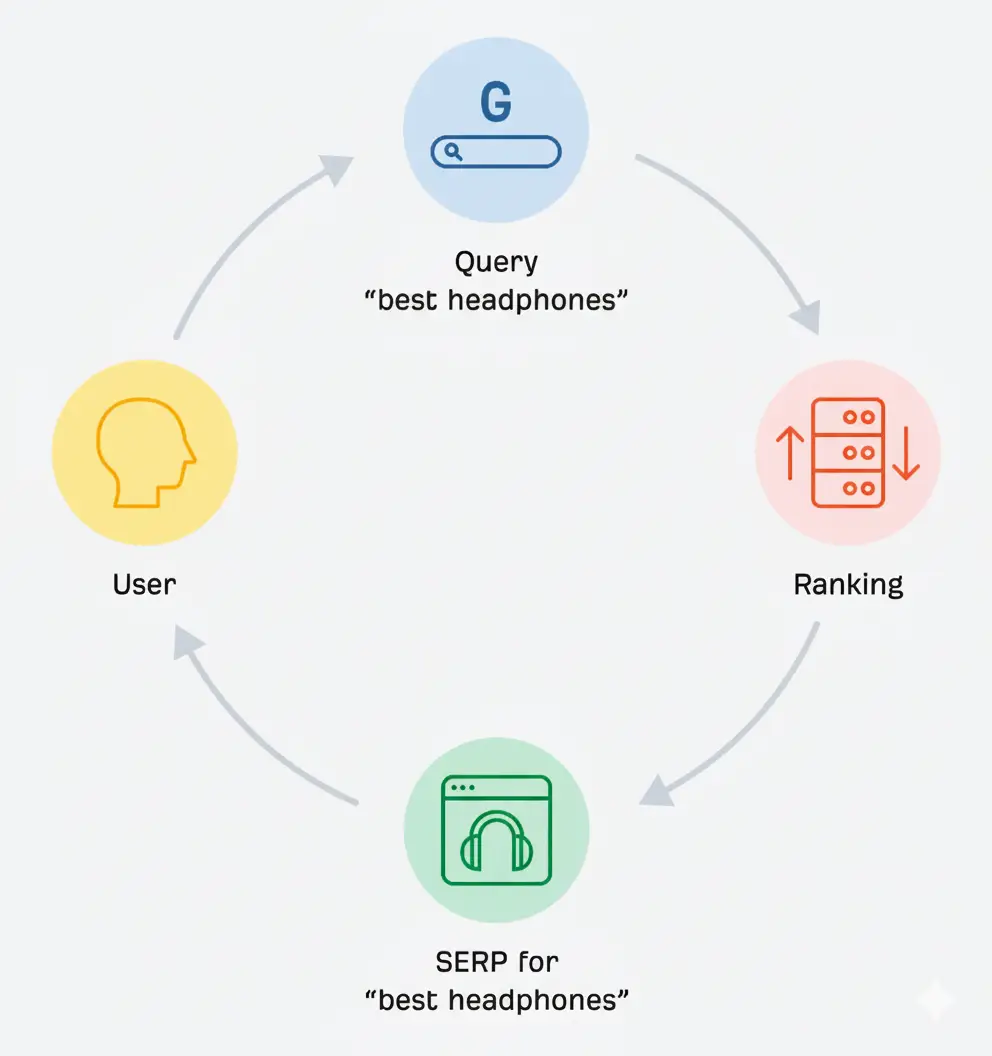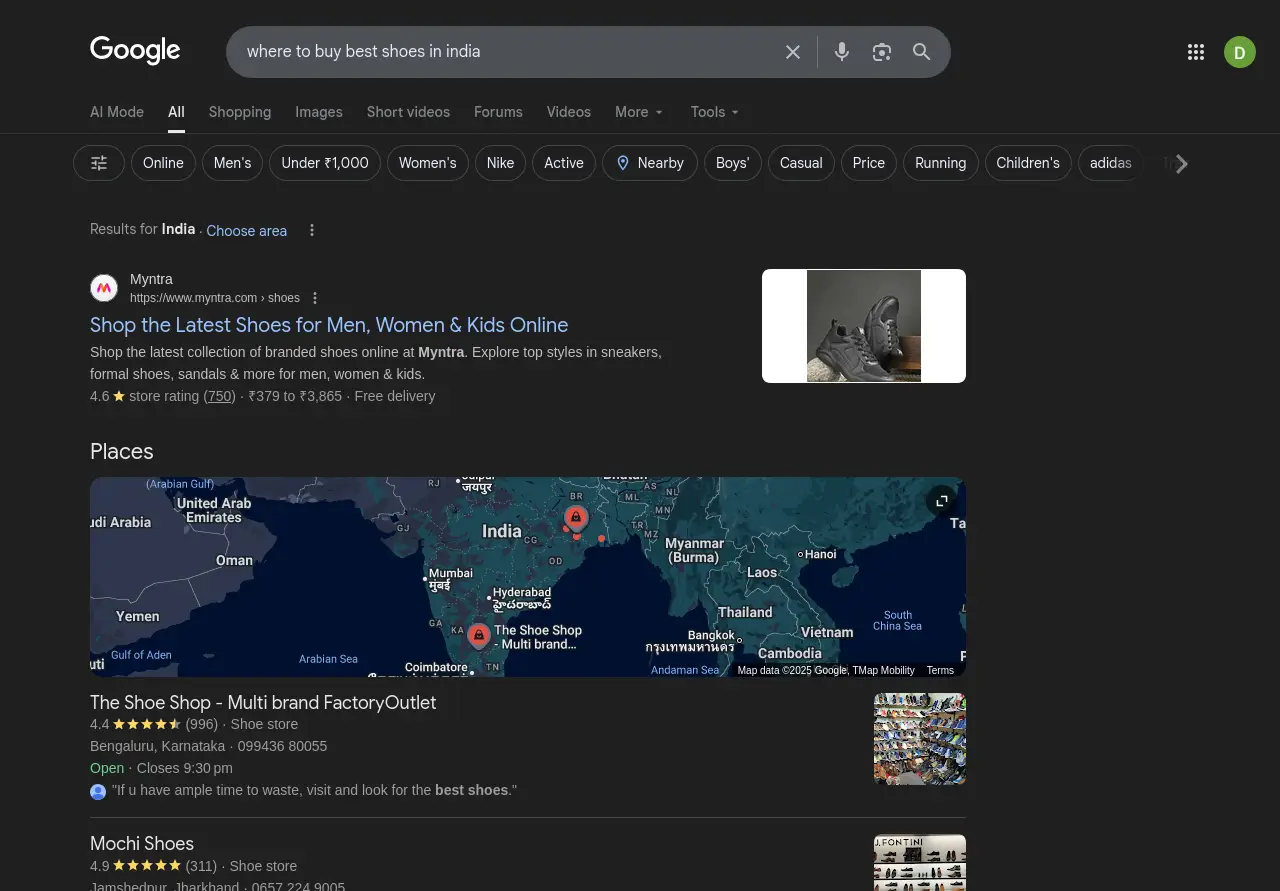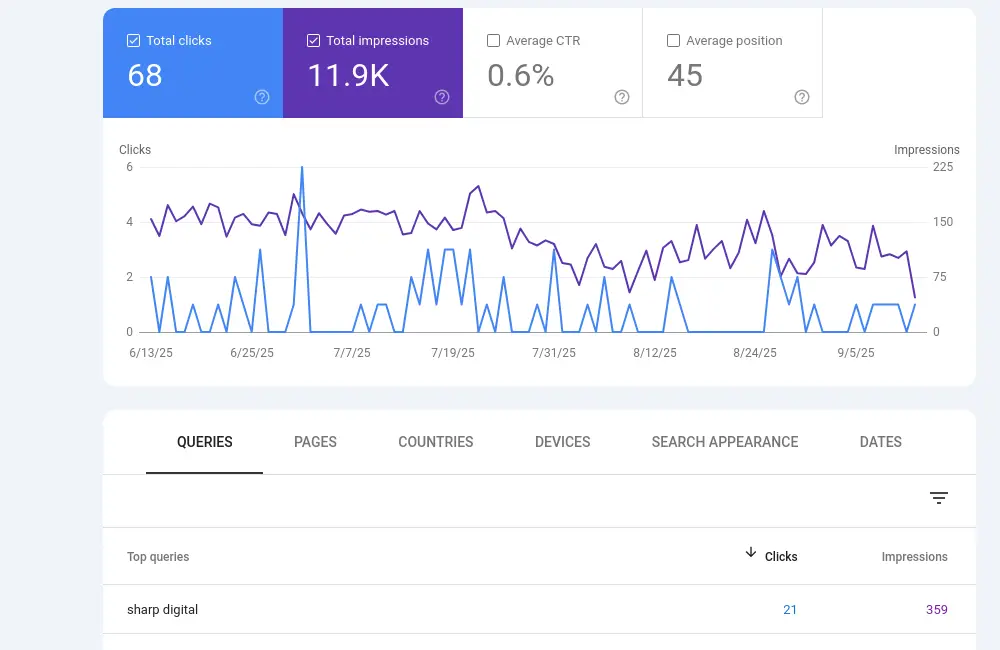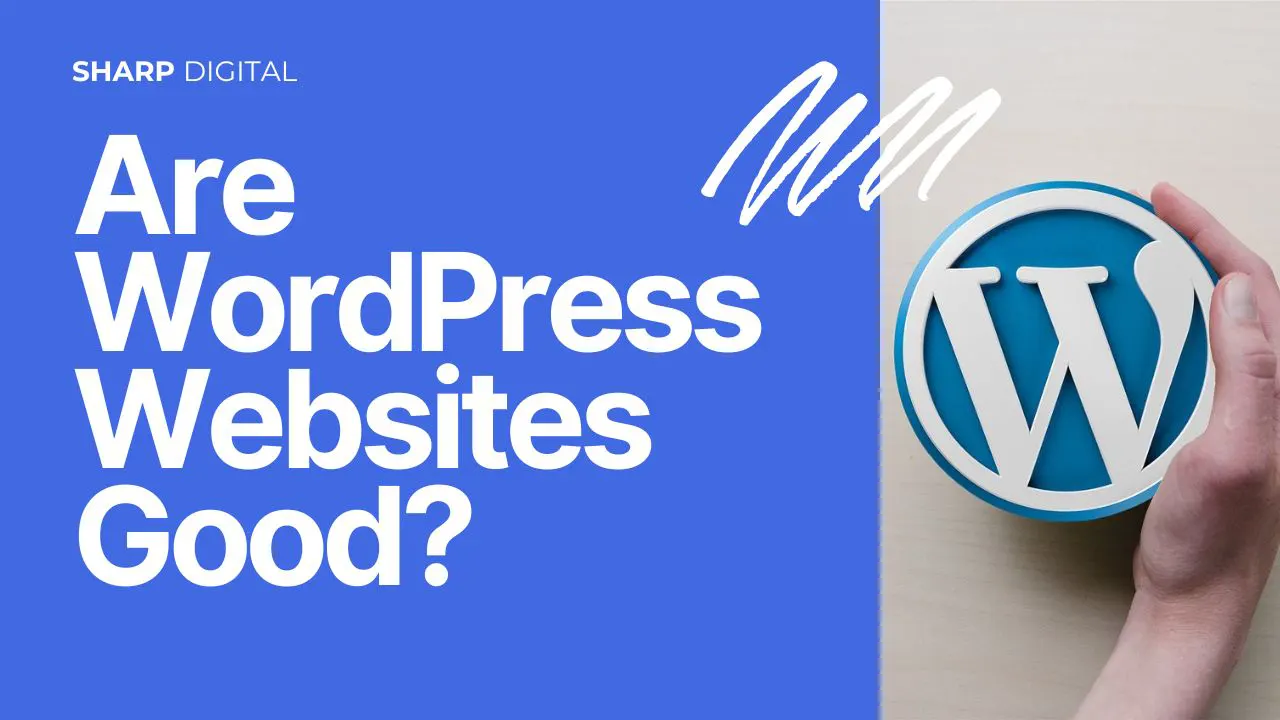Search Engine Optimization, commonly known as SEO, is the practice of improving your website to appear higher in search engine results when people search for topics related to your business. The primary goal is to get users to click on your links and visit your website. SEO has been the cornerstone of digital marketing for years, helping businesses increase their visibility and attract organic traffic.
Search engines work through three main processes: crawling, indexing, and ranking. Web crawlers browse the internet following links and collecting webpages, then these pages are analyzed and stored in a massive database called the search index. Finally, when someone performs a search, the engine looks through this index and uses complex algorithms to sort results by relevance.
Effective SEO strategies include keyword research, creating helpful content, earning trusted backlinks, and ensuring your site is fast, secure, and user-friendly. These elements work together to improve your website's visibility in traditional search results.









